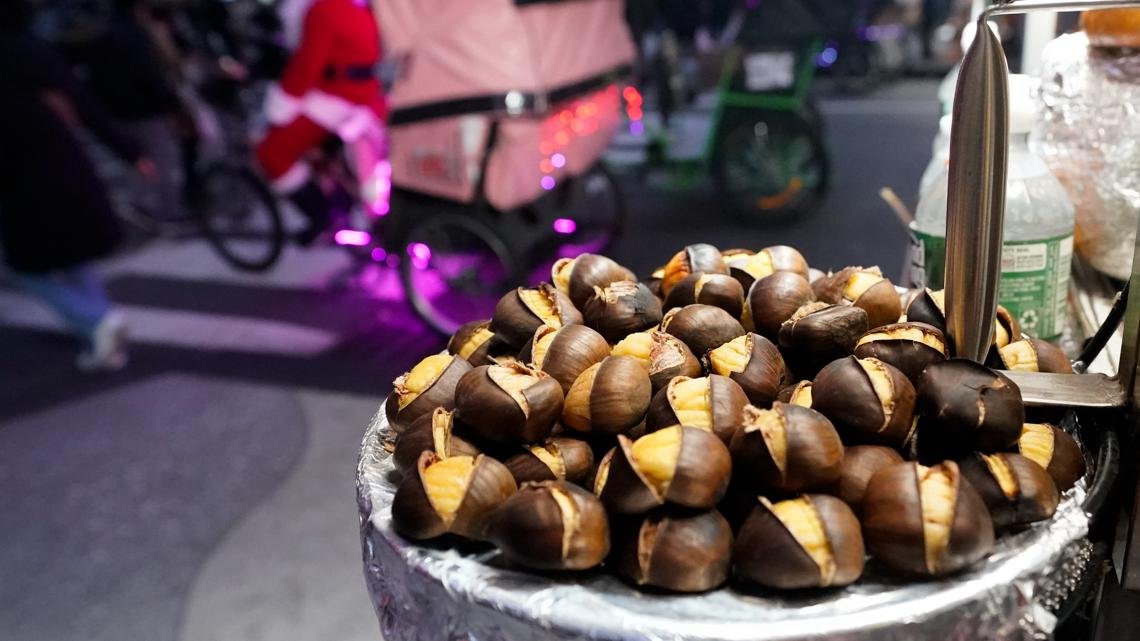cct-tracking
Chestnut Roasting Season: The Vanishing Legacy of Native American Varieties

The American chestnut, once a staple of North American forests, may be on the path to revival as researchers work tirelessly to restore its population. Once synonymous with holiday traditions and urban warmth, the majestic tree is now virtually extinct, existing only as a network of roots beneath the ground.
Researchers at The American Chestnut Foundation are determined to resurrect this species. “You can feel that connection to a place, and that connection to utility, and the connection to the importance that this tree played in virtually every aspect of the lives of people,” stated Sara Fern Fitzsimmons, chief conservation officer at the foundation. However, the road to restoration is fraught with challenges.
Since the early 1900s, American chestnuts have been decimated by an invasive fungal blight. Efforts to breed a resilient version of the tree have encountered significant obstacles, requiring a delicate balance between preserving its American lineage and infusing it with the blight-resistant traits of the Chinese chestnut. Current research aims to find a hybrid that maintains genetic diversity to withstand the pressures of climate change and urban development.
Once prominent from Georgia to New England, the trees provided vital resources for both wildlife and humans. “It was really a pretty significant species to lose,” remarked Amy Brunner, an associate professor at Virginia Tech focused on the tree’s genetics. Its absence diminishes ecological stability and biodiversity.
To mitigate the fungus’s impact, some scientists are exploring genetic modification techniques, but progress has been hampered by regulatory issues. Linda McGuigan, a research support specialist at the State University of New York, expressed frustration over delays affecting the timetable for release of modified trees. Nevertheless, researchers remain committed to the dual approach of traditional breeding and genetic engineering.
In addition to improving resistance, scientists are examining optimal habitats for planting the potential new trees. A recent study from Virginia Tech analyzed 32 climate variables to determine the best locations where American chestnuts could thrive amidst changing environmental conditions. This innovative research aims to ensure that restoration efforts are sustainable.
Tom Kimmerer, a forest scientist not involved in the study, praised its rigor and significance. He emphasized the importance of real-world applications to validate the research’s findings. “The project moves on, lives on. And we honor their memory,” said McGuigan, reflecting on the contributions of cherished colleagues who had passed recently.
As researchers endeavor to breathe life back into the American chestnut, the work remains a reminder of the interconnectedness of nature, history, and community, with each step forward honoring the legacy of a beloved tree.


















